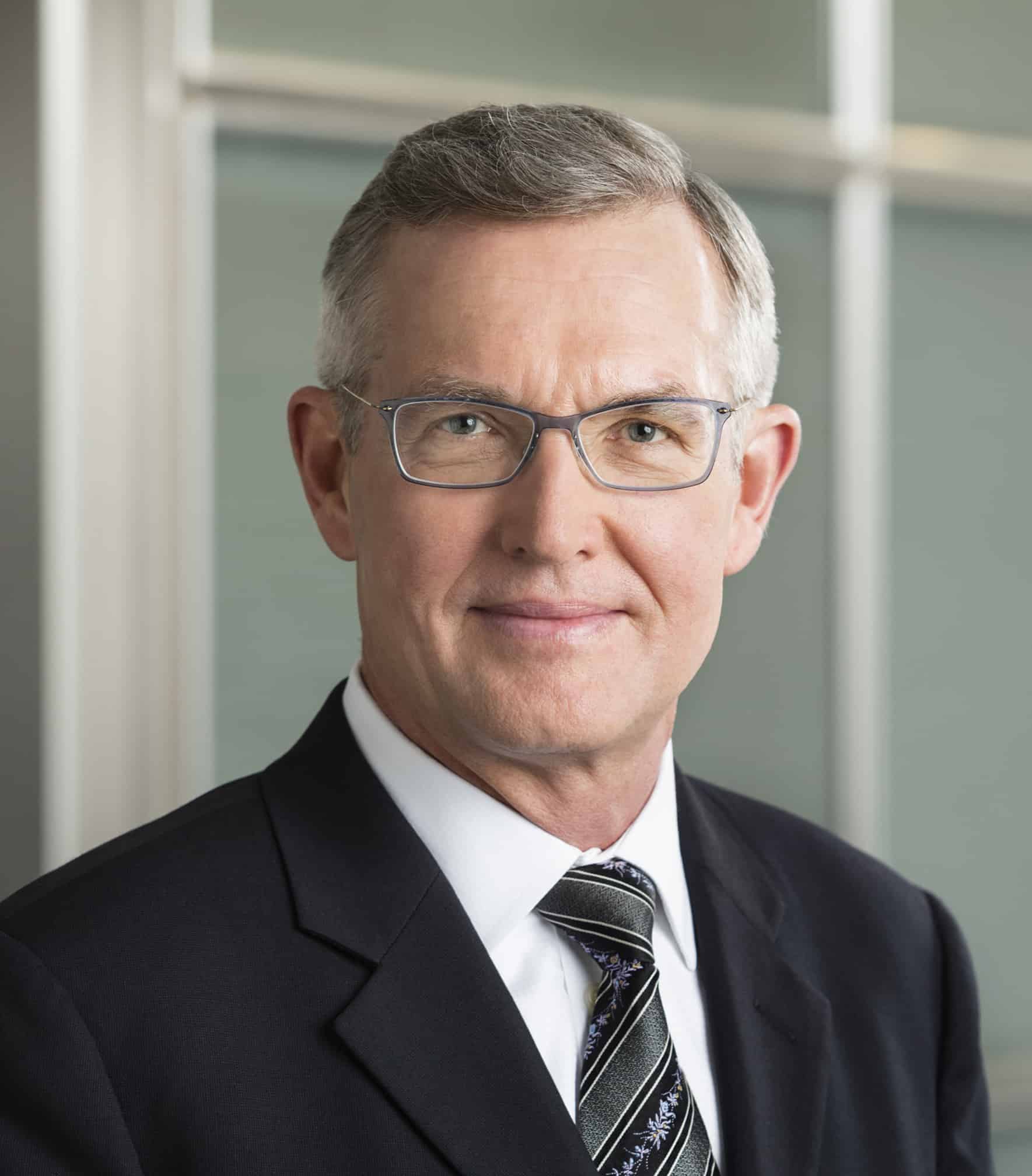President of Nasdaq and head of global trading and marketing services Hans-Ole Jochumsen, speaks to The Trade about the exchange’s ever-growing data business. He discusses European regulation MiFID II and its impact on traditional exchange functions. Jochumsen reveals he thinks EMIR regulation has had more of an effect on exchanges than MiFID II…
Hayley McDowell: What are Nasdaq’s intentions in expanding data services in Europe?
Hans-Ole Jochumsen: Data products are more and more complex and necessary tools for market participants. At Nasdaq’s Nordic markets, members get market data for free when they take them directly from the exchange for trading purposes.
Nasdaq also sells value-added data packages. We develop our products according to the needs of market participants and we’re in constant dialogue with them on the market data front. The expansion around data products will in particular be due to the implementation of MIFID II: for instance data disaggregation requirements are likely to induce many data products that do not exist now.
HM: How much of an influence will MiFID II be in this expansion?
HJ: MIFID II will change the data landscape significantly by allowing customers to request disaggregated data packages on the basis of asset classes and criteria such as currencies or the country of issue for shares and sovereign debt. It will also create a need for more data especially on the validation front.
This is likely to result in many more data packages than now. But creating and disseminating new data packages will be costly as exchanges do not have the necessary tools in place right now for satisfying such demand. Information programs will have to be developed and investments will have to be made.
HM: Will there be greater integration of data services and traditional exchange functions?
HJ: The way we see it, market data services have to be provided unbundled from other traditional exchange services given the diversity of our client base and the needs they have.
HM: How is the traditional exchange model is transforming in terms of diversification and offerings?
HJ: A successful exchange has the ability to transform and evolve itself to not only be the centerpiece of the global capital markets, but also a provider of technology and expertise to the various players who make up the financial industry. For instance, on Nasdaq’s end, we’ve transformed over the past decade for being known essentially as a US equities market to now providing solutions and service to 90 other markets around the world, and corporate services to nearly 20,000 public companies.
We also have our 30-odd markets we operate, which I’m very proud of. That’s incredible when you think about the sort of transformation which was driven on demand and finding opportunities to grow our company.
Regulation is a big driver of change for our industry. In my view, EMIR was more transformative to the exchange model than Mifid II, particularly given the mandates impacting clearing requirements. We’ve had to find new, more innovative ways to service our client base.
For example, we’re currently developing a new auction on demand, subject to regulatory approval, for our Nordics shares in order to complement current order book trading. The service could later be expanded to pan-European stocks if we feel there is later client demand for that.
Elsewhere, I was hoping to gauge Nasdaq’s opportunities in the wake of Brexit, and in general what liquidity challenges do exchanges face going forward.
It’s still very much early days across the board on Brexit’s impact on the capital markets of Europe. When Mifid II’s mandatory rules come into play next year, this now has a completely different meaning now than it did before June 23. Of course, there’s also areas like Euro-denominated clearing that impacts both the buy- and sell-sides, particularly if this becomes Continental Europe-based vs. dominantly in London.
Our clearinghouse in the Nordics may get a boost in attention given this uncertainty and is fully functioning and can easily field the traffic from the market restructuring.
